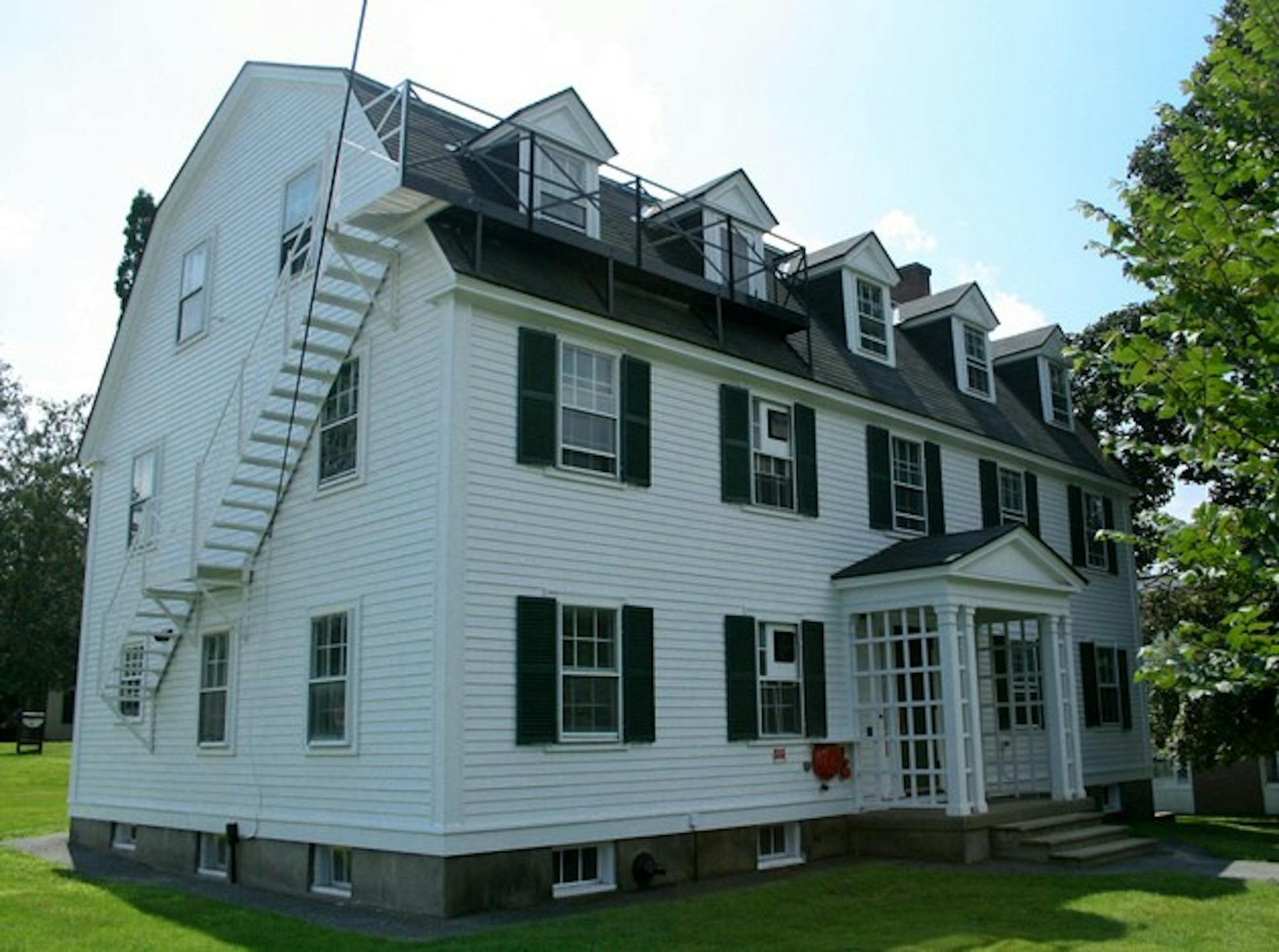A recent New York Times article, "The Campus: Green, Greener, Greenest," questions the importance of such rankings and recognitions. It discusses how various colleges and universities, including Dartmouth, are tackling sustainability and the increasing need to reduce their energy use.
"As colleges and universities rush to declare themselves green, some higher education officials worry that campuses are taking easy steps to win the label rather than doing the kind of unglamorous work -- replacing air exchange systems, for example -- that would actually reduce their emissions of greenhouse gases," the July 27 article states. "Some campuses are changing little more than their press releases."
Over the past two years, more than 550 institutions, representing roughly 30 percent of American students, signed the American College and University Presidents Climate Commitment. In this commitment, they pledge to be carbon neutral within two years, according to the article. The pledge may also require colleges to donate a specified amount of money to "offsets," funds set aside for sustainable efforts elsewhere in the country.
Dartmouth was the only school mentioned in the article for its refusal to join the commitment, yet many of the College's peer institutions, including Harvard University and Yale University, also did not join.
Dartmouth chose not to sign on to the commitment because it would require using offsets to achieve carbon neutrality, Mary Gorman, assistant provost of the College, said. Gorman, who was quoted in the Times article, explained that giving money to such offsets would take funds away from the College's other priorities, like financial aid and foreign study programs.
"Some colleges are very different than Dartmouth in that they could come a long way to being carbon neutral with renovating just one building," she said. "We have a complex infrastructure and complex institution, and for us to achieve carbon neutrality, we would have to buy carbon offsets that would be taking tuitions dollars from students and paying for offsets in wind energy somewhere in the Midwest."
In deciding whether to join the commitment, Dartmouth asked how student and faculty life at the College would be different as a "carbon neutral" school, Gorman said. Instead, the College chose to devise its own carbon-use reduction plan. The College's energy committee, which came up with the plan, saw many ways of investing on campus and making real improvements to the College's own carbon usage, according to Gorman.
"It is easy to jump on the bandwagon and say that we all have to do this, but I hope Dartmouth students will embrace the importance of understanding what we are doing before we do it in order to make the best decisions in reducing our energy footprint," she said.
Gorman said she believes Dartmouth has been a real leader on the issue of campus sustainability, mentioning that Fahey and McLane residence halls and the McLaughlin residential cluster received gold awards from the Leadership in Energy and Environmental Design, a national certification organization that rates the buildings on how sustainable they are. She added that her office is hopeful that in the next few years, upcoming building projects like the Life Sciences center and the visual arts center will also achieve LEED recognition.
After an audit of the campus, $12.5 million was pledged to make buildings more energy efficient, Gorman said. With the guidance of the energy committee's recommendations, an analysis of the costs of energy-efficient building improvements, along with their paybacks, was determined. While some projects are longer-term initiatives, the College continues to make small, quick changes like switching to energy-efficient lighting, Gorman said.
Jennifer Andrews, campus program manager for the non-profit group Clean Air-Cool Planet, told the Times that she fears institutions may only be focused on where they stand in comparison to their peers rather than being concerned with lessening their carbon emissions.
Gorman responded to this claim by stating that Dartmouth is invested in making real, long-term changes on campus, which include the hiring of a sustainable science professor and a new sustainability manager, Kathy Fallon Lambert '90. Gorman added that the College has a long history linked to the environment and that Dartmouth has been building sustainably well before LEED came along.
As for how students can support sustainability efforts on campus, Gorman said that they need to look at their daily practices and seek out opportunities to reduce energy use, like using fewer lights or eating in a dining hall instead of taking food to go. Gorman added that while the economic market will continue to drive some of the changes in energy use, people generally understand that the planet's resources are finite and must be used responsibly.
"Even if we don't get to carbon neutrality, if we are reducing real carbon going out in air then we are making real difference," Gorman said.




